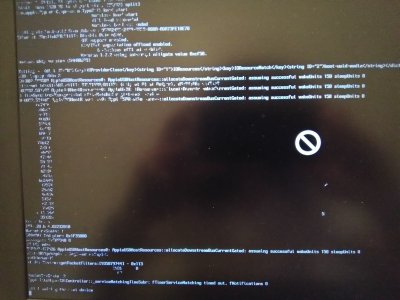- Joined
- Jul 6, 2015
- Messages
- 50
- Motherboard
- Dell 7577 + OC
- CPU
- i7-7700HQ / HM175
- Graphics
- GTX 1050 Ti + HD 630 (1920x1080)
- Mac
Dear fellow hackintoshers,
I have recently installed High Sierra on my Dell Inspiron 7577 and was blown away by the amount of useful information on this forum.
I got it mostly working following several installation guides, however since this laptop has a dedicated gpu (nvidia 1050ti) which needs to be disabled, I expected the hdmi port not to work.
But to my surprise after connecting it to a monitor I got a fully working video stream.
I am now wondering if there is any way to implement hdmi audio, since, apparently, there is some sort of communication between the integrated graphics (intel 630) and the hdmi port. I could not find any hint online and it is definitely something that I would not be able to implement on my own.
As I am completely new to hackintoshing I might have overseen some very obvious things and might have a somewhat messy clover folder, so please point out any mistakes that I made in the process of installing the OS.
Thank you!
I have recently installed High Sierra on my Dell Inspiron 7577 and was blown away by the amount of useful information on this forum.
I got it mostly working following several installation guides, however since this laptop has a dedicated gpu (nvidia 1050ti) which needs to be disabled, I expected the hdmi port not to work.
But to my surprise after connecting it to a monitor I got a fully working video stream.
I am now wondering if there is any way to implement hdmi audio, since, apparently, there is some sort of communication between the integrated graphics (intel 630) and the hdmi port. I could not find any hint online and it is definitely something that I would not be able to implement on my own.
As I am completely new to hackintoshing I might have overseen some very obvious things and might have a somewhat messy clover folder, so please point out any mistakes that I made in the process of installing the OS.
Thank you!


